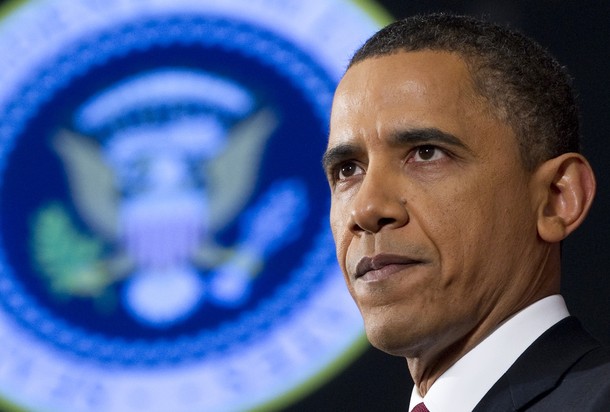
From David Sanger and Thom Shanker, New York Times: A secret legal review on the use of America’s growing arsenal of cyberweapons has concluded that President Obama has the broad power to order a pre-emptive strike if the United States detects credible evidence of a major digital attack looming from abroad, according to officials involved in the review.
That decision is among several reached in recent months as the administration moves, in the next few weeks, to approve the nation’s first rules for how the military can defend, or retaliate, against a major cyberattack. New policies will also govern how the intelligence agencies can carry out searches of faraway computer networks for signs of potential attacks on the United States and, if the president approves, attack adversaries by injecting them with destructive code — even if there is no declared war.
The rules will be highly classified, just as those governing drone strikes have been closely held. John O. Brennan, Mr. Obama’s chief counterterrorism adviser and his nominee to run the Central Intelligence Agency, played a central role in developing the administration’s policies regarding both drones and cyberwarfare, the two newest and most politically sensitive weapons in the American arsenal. . . .
Under current rules, the military can openly carry out counterterrorism missions in nations where the United States operates under the rules of war, like Afghanistan. But the intelligence agencies have the authority to carry out clandestine drone strikes and commando raids in places like Pakistan and Yemen, which are not declared war zones. The results have provoked wide protests.
Mr. Obama is known to have approved the use of cyberweapons only once, early in his presidency, when he ordered an escalating series of cyberattacks against Iran’s nuclear enrichment facilities. The operation was code-named Olympic Games, and while it began inside the Pentagon under President George W. Bush, it was quickly taken over by the National Security Agency, the largest of the intelligence agencies, under the president’s authority to conduct covert action. . . .
One senior American official said that officials quickly determined that the cyberweapons were so powerful that — like nuclear weapons — they should be unleashed only on the direct orders of the commander in chief.
A possible exception would be in cases of narrowly targeted tactical strikes by the military, like turning off an air defense system during a conventional strike against an adversary.
“There are very, very few instances in cyberoperations in which the decision will be made at a level below the president,” the official said. That means the administration has ruled out the use of “automatic” retaliation if a cyberattack on America’s infrastructure is detected, even if the virus is traveling at network speeds. . . .
Under the new guidelines, the Pentagon would not be involved in defending against ordinary cyberattacks on American companies or individuals, even though it has the largest array of cybertools. Domestically, that responsibility falls to the Department of Homeland Security, and investigations of cyberattacks or theft are carried out by the F.B.I.
But the military, barred from actions within the United States without a presidential order, would become involved in cases of a major cyberattack within the United States. To maintain ambiguity in an adversary’s mind, officials have kept secret what that threshold would be; so far, Defense Secretary Leon E. Panetta has only described the “red line” in the vaguest of terms — as a “cyber 9/11.” (photo: Getty)
Image: getty%204%2018%2011%20Barack%20Obama.jpg
